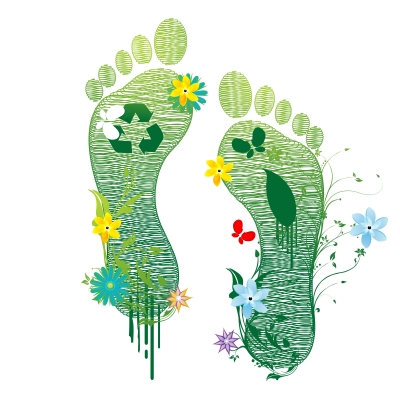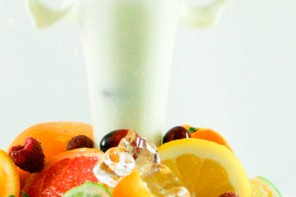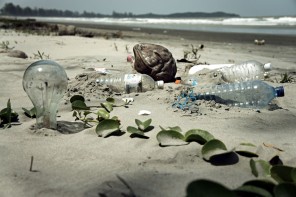Did you know that up to 70% of your household’s waste can be recycled? This is good news, but although you’re an avid recycler, there are some items that should never find their way into the recycling bin. Think you know the difference between products that should and shouldn’t be recycled? Read on to become a star recycler and learn ways you can still put those non-recyclables to good use.
Pizza boxes
Before you give yourself a pat on the back for recycling this one after a delicious meal with your family, take note of the box’s condition. If it’s splattered with oil or pizza toppings, it’s not going to be able to be recycled because it has been contaminated. Always make sure that anything you recycle is not stained because that renders it a no-no.
Stash, don’t trash: Before you dump it into the trash, see if you could use bits of the box that aren’t dirty for something useful. Cut strips of clean cardboard and use them to write your weekly shopping lists or give them to your kids to make fun photo frames that can later be decorated with interesting embellishments like buttons and dried flowers.
Some types of paper
Some items are surprisingly not recyclable, such as wet paper.The reason is that paper fibres that have been soaked in water have a shorter life span. When it comes to paper, here are some other paper goods that can’t be recycled:
- Have a glance under plastic packaging. Any time you see the numbers 3, 4 or 6 in a triangle on a product it means it’s not recyclable. These numbers are usually found on tubs of margarine, biscuit trays, vegetable packets and bread.
- Self-adhesive paper, such as your post-it notes
- Carbon paper
- Chemically-treated fax or photographic paper
- Dog food bags or potato bags
Stash, don’t trash: There might not be a lot you can do with wet paper, but when it comes to paper goods such as your fax or printing paper, try to use the backs to make copies or write notes so that you don’t waste them. Use ice cream or margarine tubs as paint containers, piggy banks or organisers for lost buttons, spare change or puzzle pieces.
Coat hangers
Different plastics are used on different coat hangers and sometimes metal is also used, so hangars are tricky when it comes to recycling. Check to see if your hangars have the plastic recycling triangles on them so that you’re completely sure that it’s safe to recycle them.
Stash, don’t trash: If there’s metal in your hangars or they are not marked as recyclable, donate them to your local charity.
Styrofoam
Styrofoam is a plastic known as polystyrene (PS). Most Styrofoam packaging usually comes with the triangle number 6 meaning it can’t be recycled. Styrofoam is difficult to recycle and usually gets broken down and reused as packaging. Sadly, it often ends up in landfills for a long time because it takes so long to disintegrate.
Stash, don’t trash: Try to reuse Styrofoam packaging, for instance when providing protective layers for electrical appliances. But in future try not to purchase goods that contain Styrofoam packaging.
Light bulbs
Energy-saving compact fluorescent bulbs (CFLs) are environmentally safe and can be recycled. Incandescent bulbs cannot because the glass used in their manufacturing is very different from glass in jars or bottles, and they also contain pieces of metal. When recycling CFLs, drop them off at your nearest municipality or e-waste recycling facility.
Stash, don’t trash: A creative idea is to clean out your incandescent light bulbs and fill them with small flowers, thus turning them into chic vases that you can hang from tree branches. Visit this ehow website to learn how to properly and safely hollow out an incandescent light bulb.
Glass
Say yes to recycling food jars and bottles, but other glass such as laminated glass, wire-reinforced glass or ceramic dishware is not recyclable. These items have different properties and can damage the furnace that is used to melt glass so that it can be made into new items.
Stash, don’t trash: Donate unwanted ceramic dishware to a hospice or charity. If you have mugs that are chipped, you can breathe new life into them by using them as stationery holders or vases.










